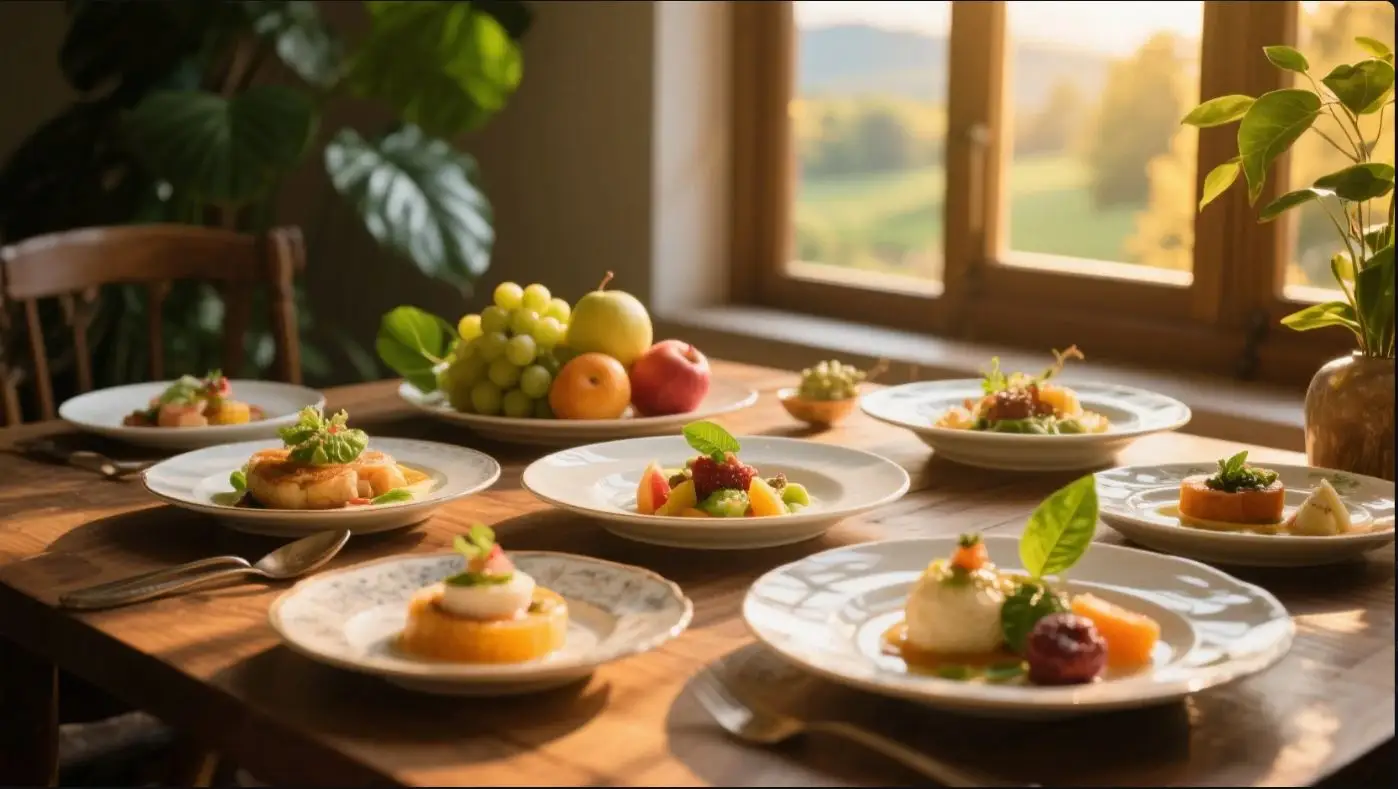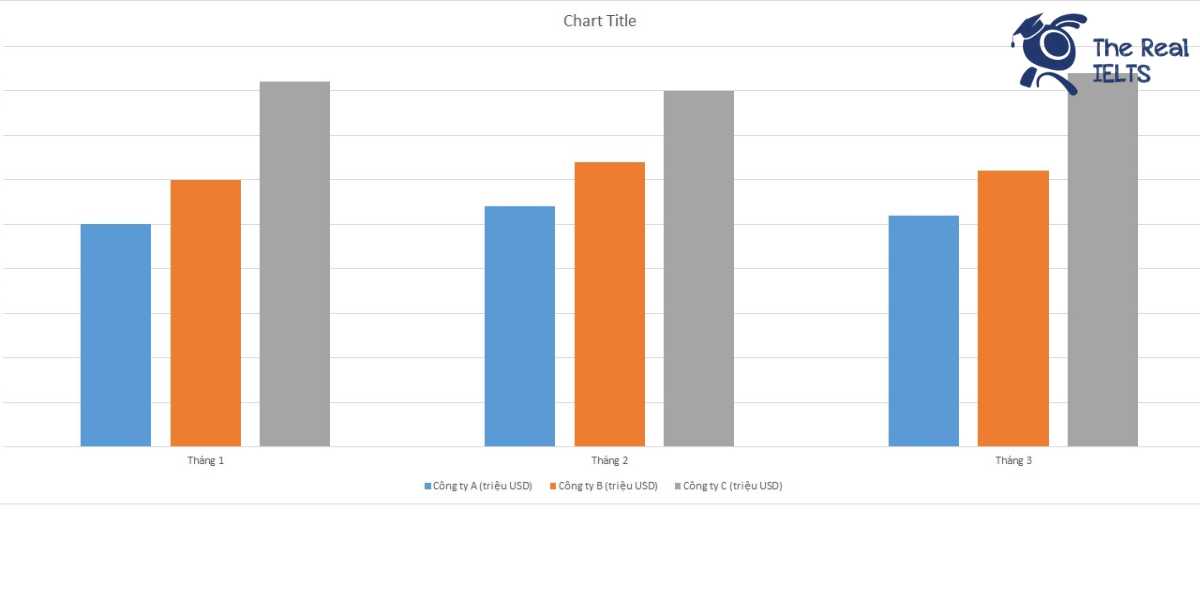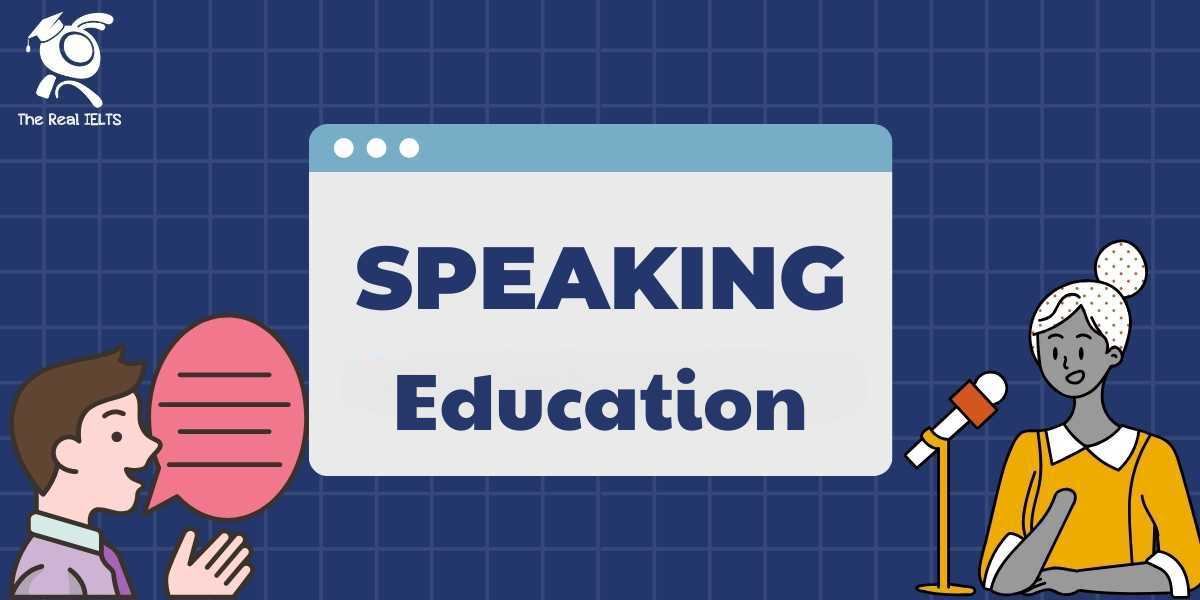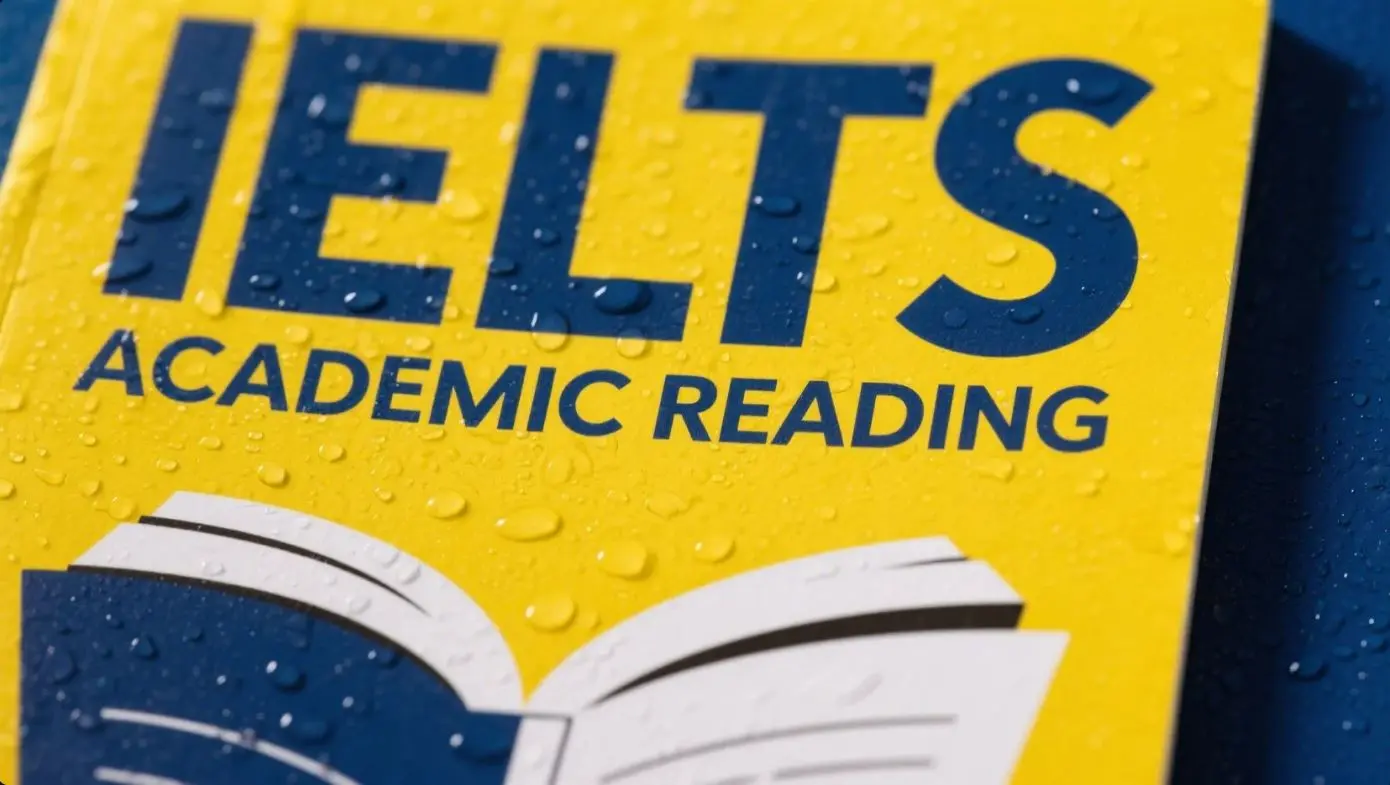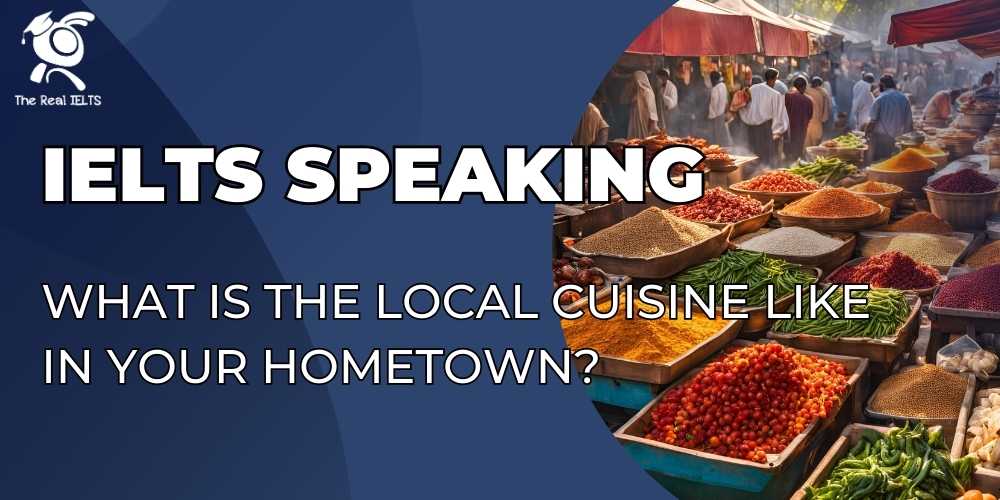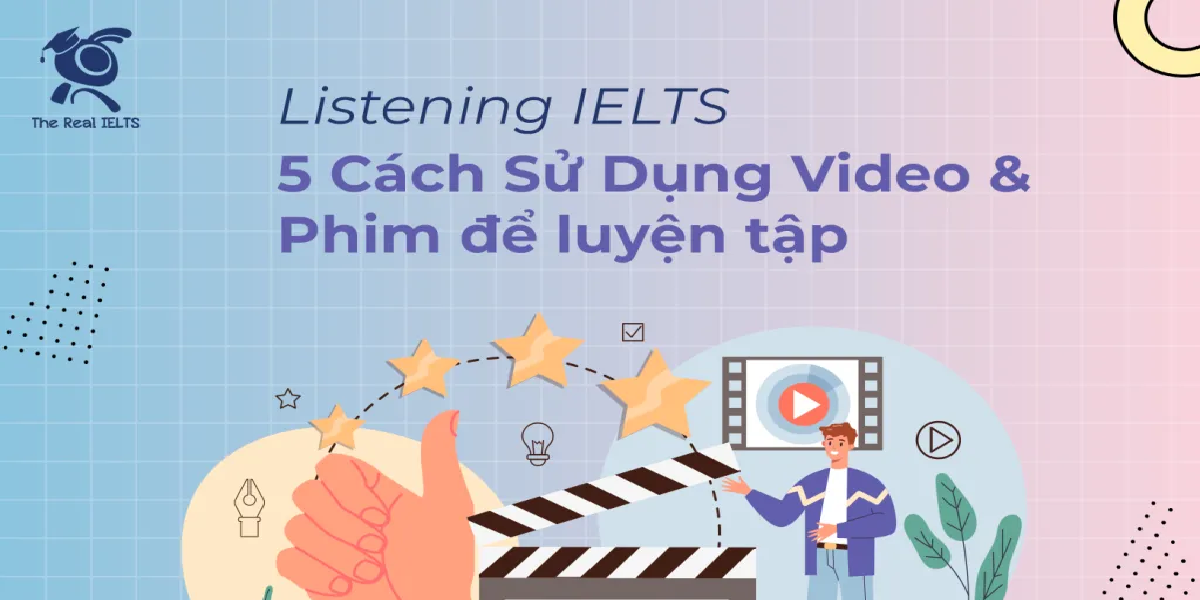Đề bài IELTS Writing task 2 dạng dạng Advantages and Disadvatages: Genetically Modified Organisms (GMOs)
You should spend about 40 minutes on this task
The use of GMOs in food production. Do the advantages of this outweigh the disadvantages?
Write at least 250 words.
Bài mẫu IELTS Writing Task 2 dạng Advantages and Disadvatages: Genetically Modified Organisms (GMOs)
Introduction:
Genetically Modified Organisms (GMOs) have become a prominent feature in food production, with proponents arguing that they offer significant advantages, while opponents express concerns about potential risks. The use of GMOs in agriculture has sparked debates worldwide. While there are undeniable benefits, such as enhanced crop yields and resistance to pests, the disadvantages, particularly concerning environmental impact and health risks, cannot be overlooked. Ultimately, I believe the advantages of GMOs outweigh the disadvantages, provided that proper regulations and monitoring are in place.
Body Paragraph 1 (Advantages):
One of the primary advantages of GMOs is their ability to increase food production. Genetically modified crops can be engineered to grow faster, resist diseases, and tolerate extreme environmental conditions, making them more efficient for farmers. This is particularly beneficial in regions that struggle with food insecurity, as GMOs can help meet the rising demand for food. For example, in drought-prone areas of Africa, genetically modified maize has been developed to withstand long periods without water, leading to higher crop yields and more stable food supplies.
Another benefit of GMOs is their potential to reduce the need for chemical pesticides. Crops can be genetically altered to naturally repel pests, which decreases the necessity for harmful pesticides. This not only helps protect the environment by reducing chemical runoff into waterways but also lowers production costs for farmers. For instance, Bt cotton, a GMO crop, has been modified to produce its own insecticide, leading to a significant reduction in pesticide use in countries like India.
Body Paragraph 2 (Disadvantages):
On the other hand, one significant disadvantage of GMOs is their potential impact on biodiversity. The widespread cultivation of genetically modified crops can lead to a reduction in the variety of plants grown, as farmers may favor specific high-yield GMOs over traditional crops. This monoculture farming reduces biodiversity and can make ecosystems more vulnerable to diseases or environmental changes. For example, the extensive use of GMOs in soybean farming in South America has been linked to a decline in the diversity of native plant species.
Another concern is the potential health risks associated with consuming GMO products. While scientific studies have generally shown that GMOs are safe for human consumption, there are still concerns about long-term health effects, as the technology is relatively new. Some critics worry that genetically modified foods could trigger allergic reactions or have unforeseen consequences over time. A well-known case is the controversy surrounding GMO soybeans, which have raised concerns about allergens introduced during the modification process.
Conclusion:
In conclusion, while GMOs present clear advantages, such as improving food security and reducing pesticide use, they also come with notable disadvantages, including environmental impacts and potential health risks. However, with proper regulation and scientific oversight, the benefits of GMOs can outweigh their drawbacks, especially in addressing global food challenges. Therefore, GMOs, when used responsibly, have the potential to greatly benefit society.
Các từ vựng tiếng Anh cần lưu ý trong bài viết
1. Genetically Modified Organisms (GMOs)
- Giải thích: Các sinh vật được biến đổi gen, thường được sử dụng trong nông nghiệp để cải thiện năng suất và khả năng chống chịu sâu bệnh.
- Ví dụ: “Genetically Modified Organisms (GMOs) have become a prominent feature in food production.”
2. Food production
- Giải thích: Sản xuất lương thực, thường đề cập đến quá trình trồng trọt và chế biến thực phẩm.
- Ví dụ: “The use of GMOs in food production has sparked debates worldwide.”
3. Crop yields
- Giải thích: Năng suất cây trồng, lượng sản phẩm thu hoạch được từ một diện tích đất canh tác.
- Ví dụ: “GMOs can enhance crop yields and resist pests.”
4. Food insecurity
- Giải thích: Tình trạng thiếu lương thực, thường gặp ở những vùng đói nghèo hoặc chịu ảnh hưởng của biến đổi khí hậu.
- Ví dụ: “This is particularly beneficial in regions that struggle with food insecurity.”
5. Pesticides
- Giải thích: Thuốc trừ sâu, hóa chất được sử dụng để tiêu diệt sâu bọ gây hại cho cây trồng.
- Ví dụ: “The use of GMOs can reduce the need for chemical pesticides.”
6. Monoculture farming
- Giải thích: Canh tác độc canh, phương pháp trồng một loại cây duy nhất trên diện tích lớn trong nhiều năm liền.
- Ví dụ: “This monoculture farming reduces biodiversity.”
7. Biodiversity
- Giải thích: Đa dạng sinh học, sự đa dạng của các loài động thực vật trong môi trường sống.
- Ví dụ: “The widespread cultivation of GMOs can lead to a reduction in biodiversity.”
8. Health risks
- Giải thích: Nguy cơ về sức khỏe, các mối nguy hại tiềm ẩn đối với sức khỏe con người.
- Ví dụ: “There are concerns about the potential health risks associated with GMOs.”
9. Allergens
- Giải thích: Chất gây dị ứng, các chất có thể gây ra phản ứng dị ứng ở một số người.
- Ví dụ: “Some critics worry that genetically modified foods could trigger allergic reactions.”
10. Regulation
- Giải thích: Quy định, các luật hoặc quy tắc được áp dụng để kiểm soát và giám sát việc sử dụng hoặc phát triển các sản phẩm hoặc công nghệ.
- Ví dụ: “With proper regulation and scientific oversight, the benefits of GMOs can outweigh their drawbacks.”
11. Scientific oversight
- Giải thích: Giám sát khoa học, quá trình kiểm soát và đánh giá dựa trên các tiêu chuẩn khoa học để đảm bảo an toàn và hiệu quả.
- Ví dụ: “Proper regulation and scientific oversight are necessary to mitigate the risks.”
12. Sustainability
- Giải thích: Tính bền vững, khả năng duy trì một quá trình hoặc hệ thống mà không làm tổn hại đến tương lai.
- Ví dụ: “GMOs can contribute to the sustainability of food production in certain environments.”
Thống kê cấu trúc câu và cấu trúc ngữ pháp
1. Cấu trúc câu (Sentence Structure):
- Simple sentences (Câu đơn):
- These are sentences with one independent clause.
- Ví dụ:
- “GMOs have become a prominent feature in food production.”
- “This monoculture farming reduces biodiversity.”
- Compound sentences (Câu ghép):
- These are sentences with two or more independent clauses, often joined by coordinating conjunctions (and, but, so, etc.).
- Ví dụ:
- “Crops can be genetically altered to naturally repel pests, which decreases the necessity for harmful pesticides.”
- “Genetically modified crops can be engineered to grow faster, resist diseases, and tolerate extreme environmental conditions.”
- Complex sentences (Câu phức):
- These are sentences with one independent clause and one or more dependent clauses, often using subordinating conjunctions (because, although, since, etc.).
- Ví dụ:
- “While there are undeniable benefits, such as enhanced crop yields and resistance to pests, the disadvantages cannot be overlooked.”
- “Another concern is the potential health risks associated with consuming GMO products, although scientific studies have generally shown that GMOs are safe for human consumption.”
- Compound-complex sentences (Câu ghép phức):
- These are sentences that combine elements of both compound and complex sentences.
- Ví dụ:
- “The widespread cultivation of genetically modified crops can lead to a reduction in the variety of plants grown, as farmers may favor specific high-yield GMOs over traditional crops.”
2. Cấu trúc ngữ pháp (Grammatical Structures):
- Present simple tense (Thì hiện tại đơn):
- Thì này được sử dụng để nói về sự thật chung, các quan điểm và thói quen.
- Ví dụ:
- “GMOs are a prominent feature in food production.”
- “This monoculture farming reduces biodiversity.”
- Present perfect tense (Thì hiện tại hoàn thành):
- Được sử dụng để mô tả hành động đã bắt đầu trong quá khứ và tiếp tục đến hiện tại, hoặc kết quả của hành động trong quá khứ có liên quan đến hiện tại.
- Ví dụ:
- “GMOs have become a prominent feature in food production.”
- “Some critics have raised concerns about allergens introduced during the modification process.”
- Modal verbs (Động từ khuyết thiếu):
- Được sử dụng để chỉ khả năng, dự đoán, hoặc yêu cầu.
- Ví dụ:
- “This can help meet the rising demand for food.”
- “They also come with notable disadvantages.”
- Relative clauses (Mệnh đề quan hệ):
- Được sử dụng để cung cấp thêm thông tin về danh từ trước đó.
- Ví dụ:
- “Crops can be genetically altered to naturally repel pests, which decreases the necessity for harmful pesticides.”
- “GMOs can help meet the rising demand for food, especially in regions that struggle with food insecurity.”
- Conditional sentences (Câu điều kiện):
- Được sử dụng để mô tả những tình huống giả định.
- Ví dụ:
- “Provided that proper regulations and monitoring are in place, the advantages of GMOs outweigh the disadvantages.”
- Passive voice (Câu bị động):
- Được sử dụng để nhấn mạnh hành động hoặc kết quả hơn là người thực hiện hành động.
- Ví dụ:
- “Crops can be genetically altered.”
- “GMOs have been developed to withstand long periods without water.”
Đọc thêm về bài viết gợi ý luyện thi IELTS.



